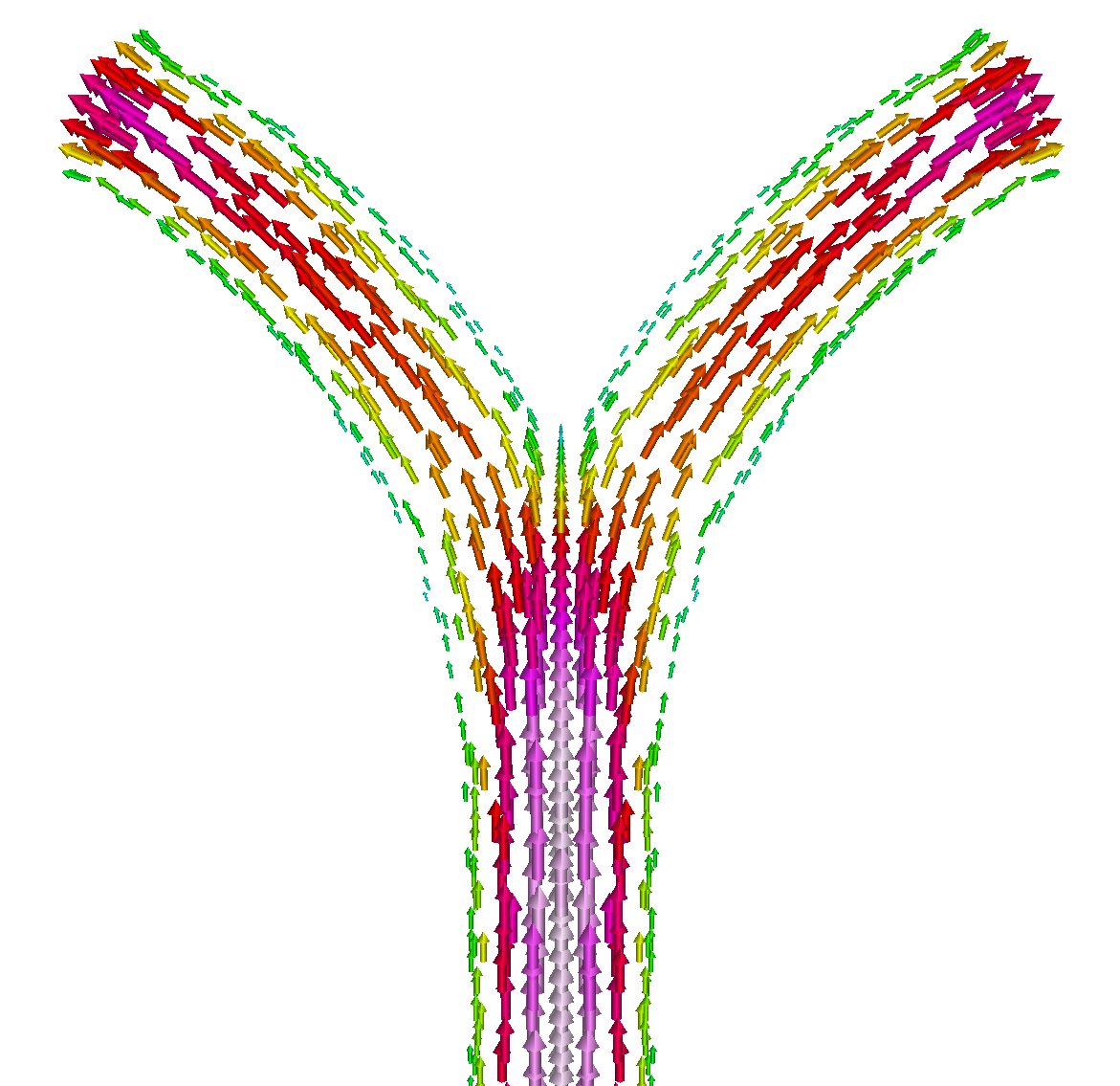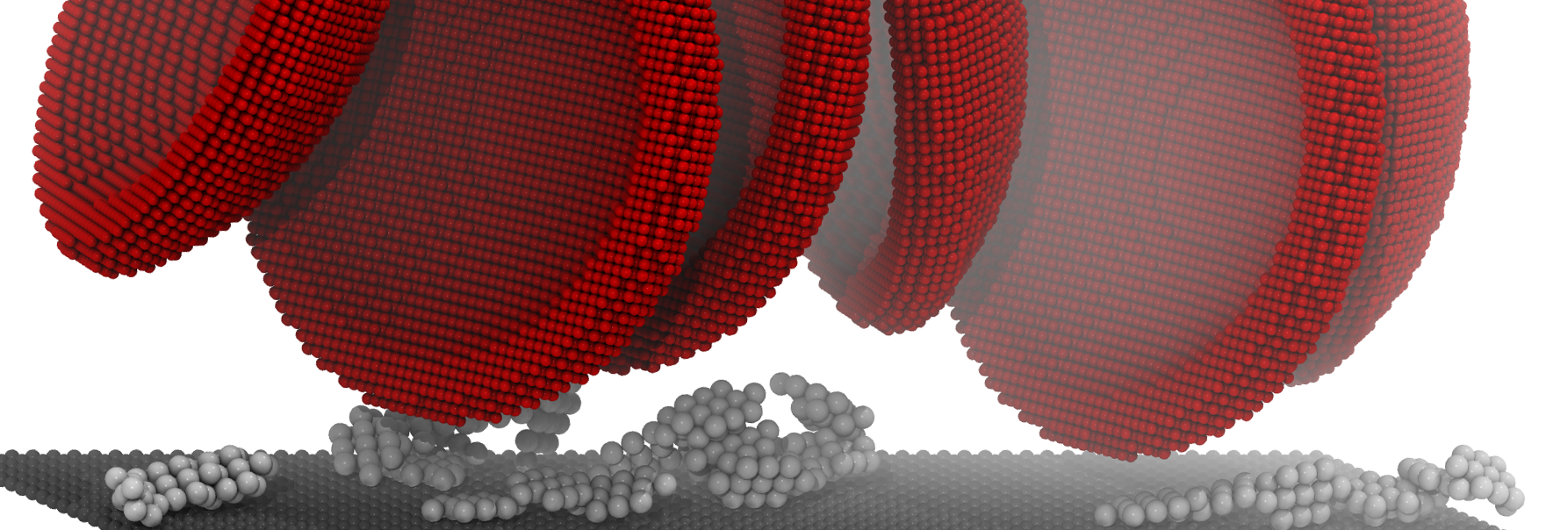Numerical simulations are used to investigate the mechanics of fluids or materials in various processes related to biology. By means of detailed analyses and visualizations of the data in-depth insights into the fundamental dynamics of the processes are provided. The modelling and simulation approach can therefore help to grasp a full understanding of a given applications and yield design specific optimization measures.
Simulation and Modelling
Computational fluid design

Progress has been made in developing manufacturing technologies which enable the fabrication of artificial vascular networks for tissue cultivation. However, those networks are often rudimentary designed with respect to their geometry. This restricts long-term biological functionality of vascular cells which depends on geometry-related fluid mechanical stimuli and the avoidance of vessel occlusion.
Computational fluid dynamics simulations enable bio-inspired geometry optimization for bifurcations in artificial vascular networks. The simulation results enable the derivation of design rules for geometrical parameters such as the branching angle. Those design rules are not only beneficial for tissue engineering applications. Moreover, they can be used as indicators for diagnoses of vascular diseases.
Scaffold design

The supply of cells with nutrients remains a challenge in tissue engineering. A possible approach to solve this problem is the integration of a supply system into the scaffold, e.g. an additively manufactured artificial blood vessel system. The consumption of nutrients by the cells embedded in a substrate (e.g. a hydrogel) and the supply of the nutrients by a vessel system determines the nutrient concentration in the substrate.
The equilibrium concentration profile depends on the metabolic rate of the cells, the diffusivity of the nutrients in the substrate, the size of the system and the design of the vessel system. Using reactive transport equations, the performance of different vessel trees can be compared and the optimal design of a vessel system can be determined. Cells with a high metabolic rate and substrates with a low nutrient diffusivity require more complex vessel systems than tissue models with a low metabolic rate and high diffusivity.

